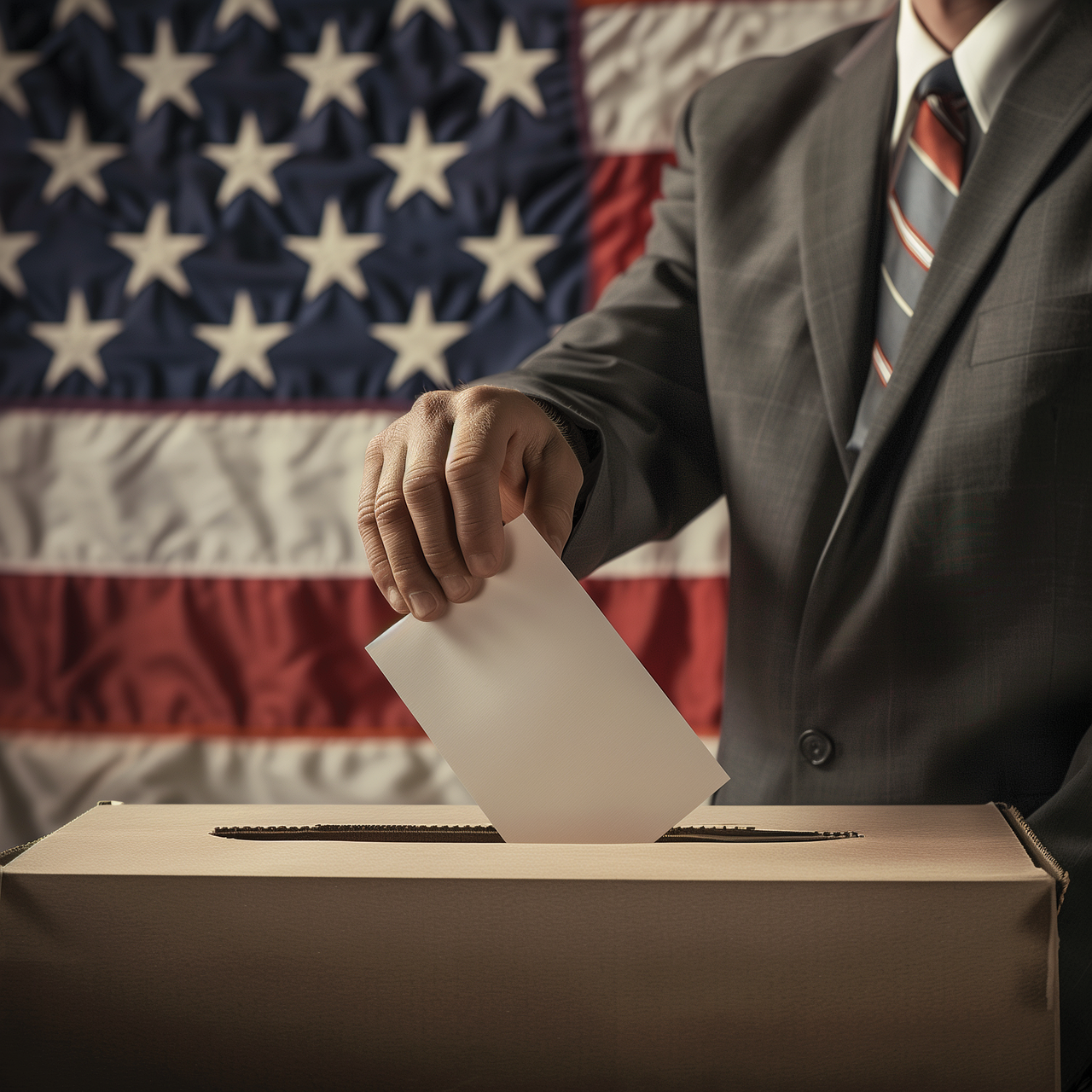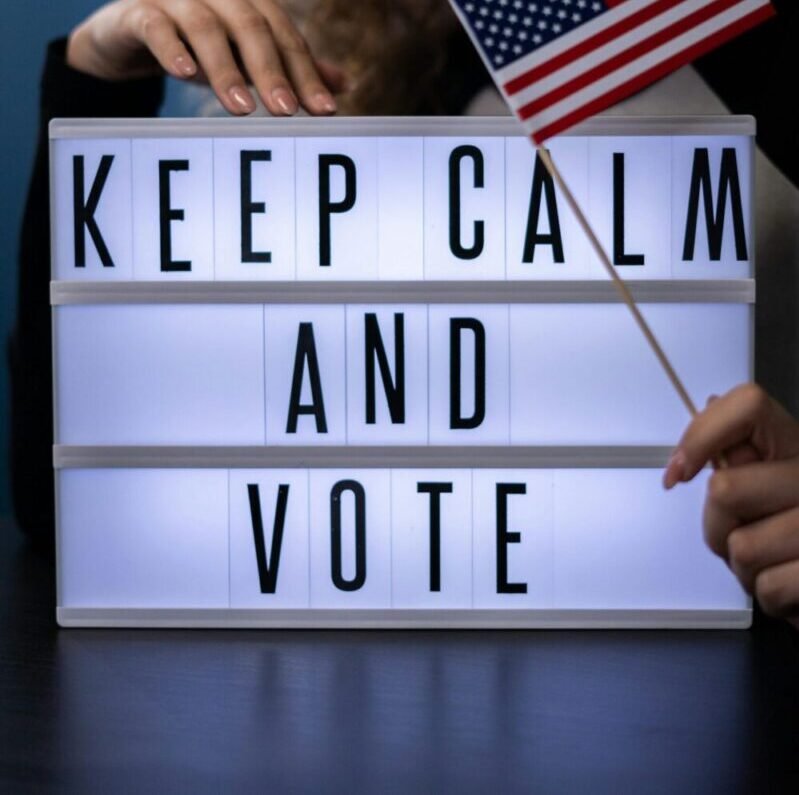
Confused by Ranked Choice Voting?: Here’s a Concise Guide
Most Americans are concerned about the state of U.S. democracy, with polls consistently showing over 80% feeling that there is a threat. This has led to increased interest in potential solutions, and one reform gaining traction is ranked choice voting (RCV).
What is Ranked Choice Voting?
Ranked choice voting allows voters to rank candidates in order of preference instead of choosing just one.
How Does Ranked Choice Voting Work?
- Voter Rankings: Voters rank candidates from favorite to least favorite.
- Initial Count: If a candidate gets more than 50% of the first-choice votes, they win.
- Elimination Process: If no one gets a majority, the candidate with the fewest votes is eliminated. Votes for the eliminated candidate are redistributed to the next choice on those ballots.
- Repeat: This process repeats until a candidate wins with a majority.
Benefits of Ranked Choice Voting
- Reduces Negative Campaigning: Candidates aim to be the second or third choice of their opponents’ supporters, fostering more positive campaigns.
- More Choices for Voters: Encourages more candidates to run, representing a broader range of views.
- Eliminates “Spoiler” Effect: Voters can support their preferred candidate without fear of wasting their vote.
Concerns and Criticisms
- Complexity: Some argue RCV can be confusing, potentially disenfranchising voters, particularly from marginalized communities.
- Difficult to Implement: Requires changes in voting systems and voter education efforts.
Where is Ranked Choice Voting Used?
- States: Alaska and Maine use RCV for statewide elections.
- Cities: Over 50 cities, including New York City, have adopted RCV.
- Future: Nevada and Oregon will vote on adopting RCV in 2024.
Real-World Examples
- Alaska: In 2022, RCV helped elect moderate candidates like Republican Sen. Lisa Murkowski and Democrat Rep. Mary Peltola, highlighting its potential to support less extreme candidates.
- New York City: Implemented RCV in 2021 for local elections, leading to a diverse set of elected officials.
Controversies and Discussions
- Political Divide: While some Republicans and Democrats support RCV, there is opposition, particularly from conservative groups, who argue it could confuse voters and manipulate election outcomes. On May 13, 2024, Mississippi Governor Tate Reeves (R) signed SB 2144 into law, banning ranked-choice voting (RCV). With the new law, more states have now banned RCV in 2024 than in any other year. Mississippi joined Kentucky, Oklahoma, and Alabama, who all adopted legislation banning RCV this year, and became the ninth state overall to prohibit the electoral system.
- Varies by Region: Adoption and support for RCV vary widely by region, with notable examples of support in California’s Bay Area and Minnesota. In addition, states such as Florida, Texas, Utah, Colorado, Illinois, Maine, Maryland, Massachusetts, Michigan, New Mexico, New York, North Carolina, Ohio, Oregon, Tennessee, Vermont, Virginia, Washington have all found success with this method as well.
Conclusion
Ranked choice voting is seen by many as a promising reform to improve U.S. democracy. By allowing voters to rank candidates, RCV can reduce negative campaigning, offer more choices, and eliminate the spoiler effect. However, concerns about its complexity and impact on marginalized voters remain. As more states and cities consider adopting RCV, ongoing education and transparent implementation will be key to its success.
Sources
- U.S. Election Assistance Commission: https://www.eac.gov/
- Pew Research Center: https://www.pewresearch.org/
- National Conference of State Legislatures: https://www.ncsl.org/












